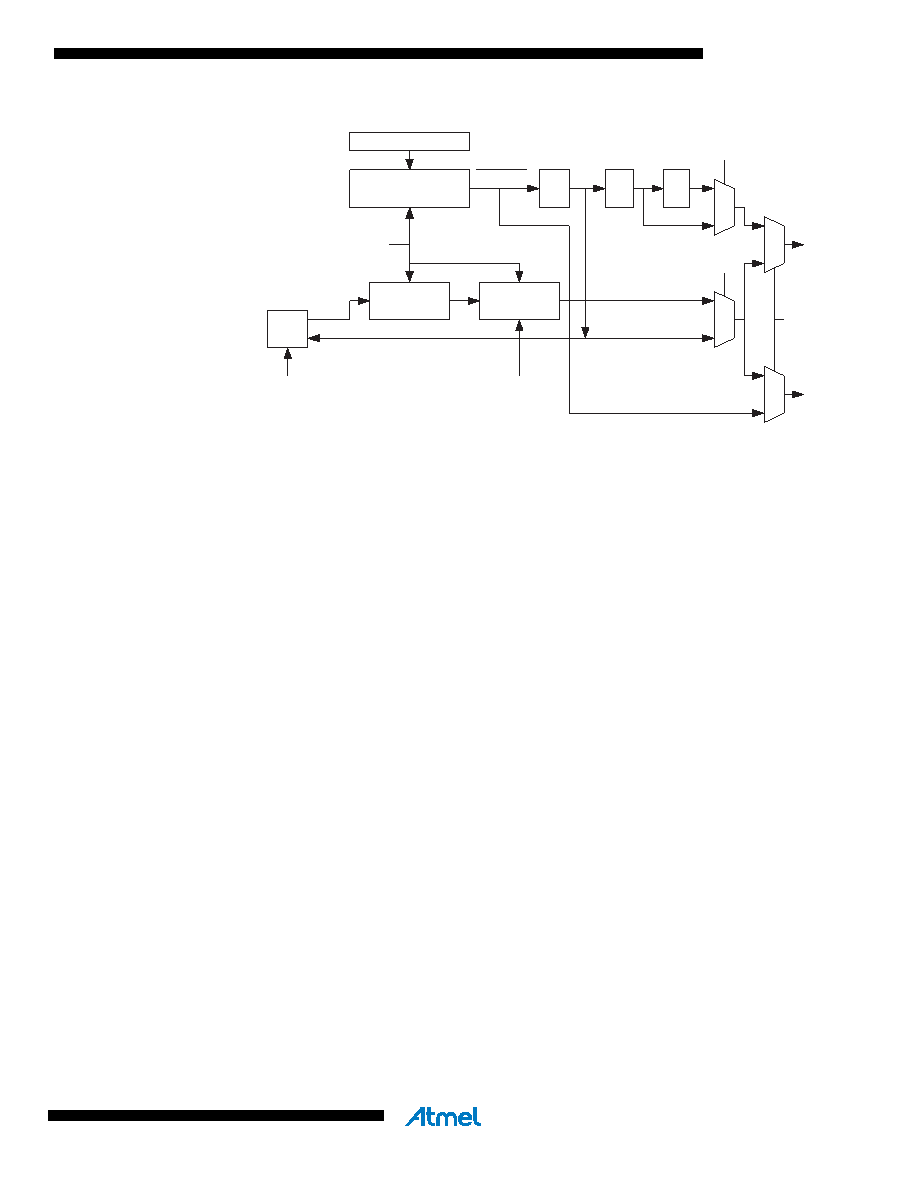- 您現(xiàn)在的位置:買賣IC網(wǎng) > PDF目錄25640 > S80C32-44:RD (ATMEL CORP) 8-BIT, 44 MHz, MICROCONTROLLER, PQCC44 PDF資料下載
參數(shù)資料
| 型號: | S80C32-44:RD |
| 廠商: | ATMEL CORP |
| 元件分類: | 微控制器/微處理器 |
| 英文描述: | 8-BIT, 44 MHz, MICROCONTROLLER, PQCC44 |
| 封裝: | PLASTIC, LCC-44 |
| 文件頁數(shù): | 37/152頁 |
| 文件大?。?/td> | 2528K |
第1頁第2頁第3頁第4頁第5頁第6頁第7頁第8頁第9頁第10頁第11頁第12頁第13頁第14頁第15頁第16頁第17頁第18頁第19頁第20頁第21頁第22頁第23頁第24頁第25頁第26頁第27頁第28頁第29頁第30頁第31頁第32頁第33頁第34頁第35頁第36頁當(dāng)前第37頁第38頁第39頁第40頁第41頁第42頁第43頁第44頁第45頁第46頁第47頁第48頁第49頁第50頁第51頁第52頁第53頁第54頁第55頁第56頁第57頁第58頁第59頁第60頁第61頁第62頁第63頁第64頁第65頁第66頁第67頁第68頁第69頁第70頁第71頁第72頁第73頁第74頁第75頁第76頁第77頁第78頁第79頁第80頁第81頁第82頁第83頁第84頁第85頁第86頁第87頁第88頁第89頁第90頁第91頁第92頁第93頁第94頁第95頁第96頁第97頁第98頁第99頁第100頁第101頁第102頁第103頁第104頁第105頁第106頁第107頁第108頁第109頁第110頁第111頁第112頁第113頁第114頁第115頁第116頁第117頁第118頁第119頁第120頁第121頁第122頁第123頁第124頁第125頁第126頁第127頁第128頁第129頁第130頁第131頁第132頁第133頁第134頁第135頁第136頁第137頁第138頁第139頁第140頁第141頁第142頁第143頁第144頁第145頁第146頁第147頁第148頁第149頁第150頁第151頁第152頁

131
2486AA–AVR–02/2013
ATmega8(L)
Figure 62. Clock Generation Logic, Block Diagram
Signal description:
txclk
Transmitter clock. (Internal Signal)
rxclk
Receiver base clock. (Internal Signal)
xcki
Input from XCK pin (internal Signal). Used for synchronous slave operation
xcko
Clock output to XCK pin (Internal Signal). Used for synchronous master
operation
fosc
XTAL pin frequency (System Clock)
Internal Clock
Generation – The
Baud Rate Generator
Internal clock generation is used for the asynchronous and the Synchronous Master modes of
operation. The description in this section refers to Figure 62.
The USART Baud Rate Register (UBRR) and the down-counter connected to it function as a
programmable prescaler or baud rate generator. The down-counter, running at system clock
(fosc), is loaded with the UBRR value each time the counter has counted down to zero or when
the UBRRL Register is written. A clock is generated each time the counter reaches zero. This
clock is the baud rate generator clock output (= fosc/(UBRR+1)). The Transmitter divides the
baud rate generator clock output by 2, 8, or 16 depending on mode. The baud rate generator
output is used directly by the Receiver’s clock and data recovery units. However, the recovery
units use a state machine that uses 2, 8, or 16 states depending on mode set by the state of the
UMSEL, U2X and DDR_XCK bits.
Table 52 on page 132 contains equations for calculating the baud rate (in bits per second) and
for calculating the UBRR value for each mode of operation using an internally generated clock
source.
Prescaling
Down-Counter
/ 2
UBRR
/ 4
/ 2
fosc
UBRR+1
Sync
Register
OSC
XCK
Pin
txclk
U2X
UMSEL
DDR_XCK
0
1
0
1
xcki
xcko
DDR_XCK
rxclk
0
1
0
Edge
Detector
UCPOL
相關(guān)PDF資料 |
PDF描述 |
|---|---|
| MQ80C52XXX-36/883 | 8-BIT, MROM, 36 MHz, MICROCONTROLLER, CQFP44 |
| S80C32-L16D | 8-BIT, 16 MHz, MICROCONTROLLER, PQCC44 |
| MP80C51C-36D | 8-BIT, MROM, 36 MHz, MICROCONTROLLER, PDIP40 |
| MR80C52EXXX-16SHXXX:R | 8-BIT, MROM, 16 MHz, MICROCONTROLLER, CQCC44 |
| MD83C154DCXXX-25P883D | 8-BIT, MROM, 25 MHz, MICROCONTROLLER, CDIP40 |
相關(guān)代理商/技術(shù)參數(shù) |
參數(shù)描述 |
|---|---|
| S80C32-L16 | 制造商:未知廠家 制造商全稱:未知廠家 功能描述:8-Bit Microcontroller |
| S80C32-L16R | 制造商:未知廠家 制造商全稱:未知廠家 功能描述:8-Bit Microcontroller |
| S80C376CB8 WAF | 制造商:Intel 功能描述: |
| S80C42 | 制造商:Intel 功能描述: |
| S80C51 WAF | 制造商:Intel 功能描述: |
發(fā)布緊急采購,3分鐘左右您將得到回復(fù)。